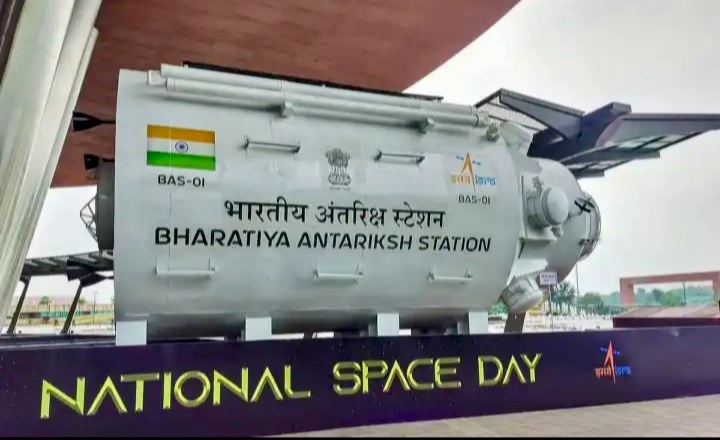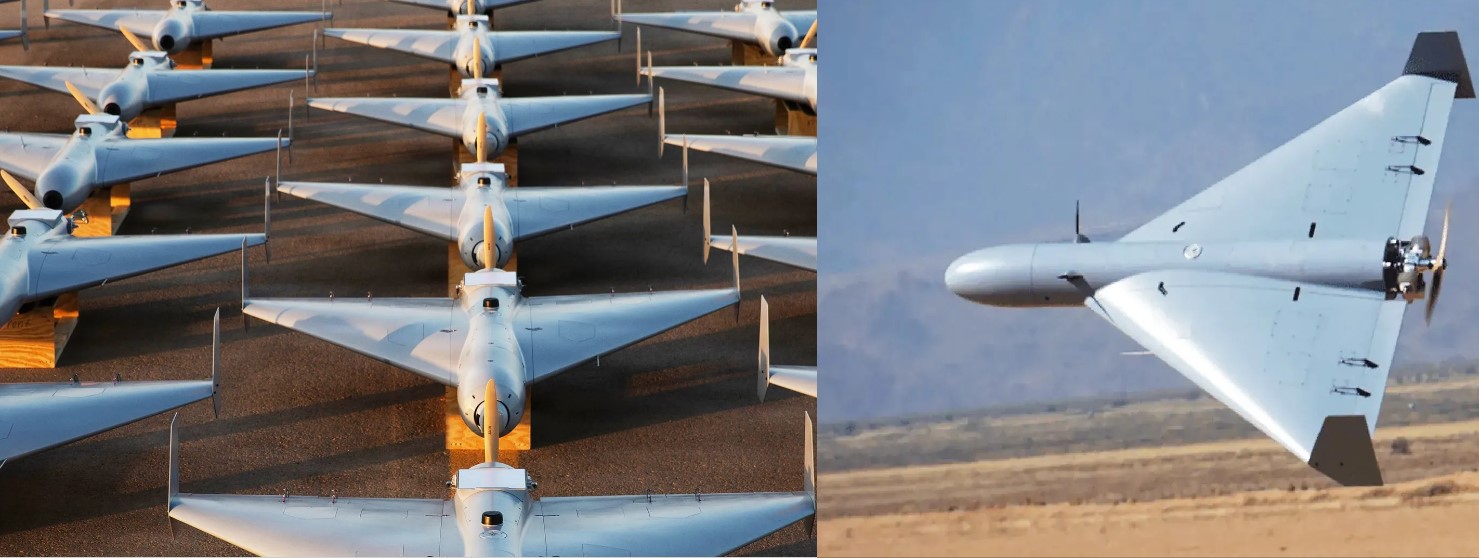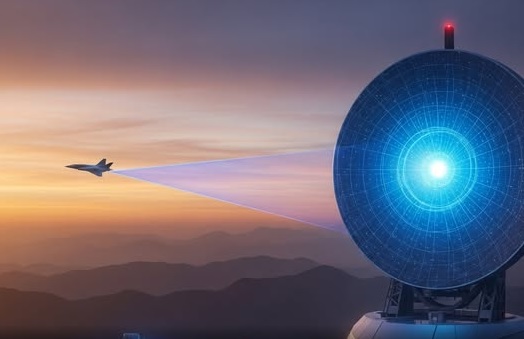ISRO Unveils Bharatiya Antariksh Station Model, Targets 2028 for First Orbital Module Launch

New Delhi, August 2025 – The Indian Space Research Organisation (ISRO) has taken a historic step in its human spaceflight journey by unveiling a full-scale model of the Bharatiya Antariksh Station (BAS) during the National Space Day celebrations at Bharat Mandapam, New Delhi. The model, standing 3.8 meters wide and 8 meters long, showcases India’s vision for its first indigenous space station, designed to establish a permanent Indian presence in low Earth orbit (LEO).
This landmark unveiling signals India’s entry into the exclusive league of nations capable of operating their own orbital laboratories. Currently, only the International Space Station (ISS) and China’s Tiangong station serve as functioning human habitats in orbit.
India’s Orbital Ambition: Roadmap to 2035
According to ISRO’s roadmap, the Bharatiya Antariksh Station will be built in phases, beginning with the launch of the first module, BAS-01, in 2028 using the LVM3 heavy-lift rocket. The 10-tonne module will orbit at 450 km altitude, operating initially in an unmanned mode.
Over the next decade, ISRO plans to progressively expand BAS into a five-module orbital complex by 2035, enabling long-duration human missions, cutting-edge scientific research, and even commercial space tourism.
Timeline of BAS milestones:
-
2025–2026: Finalisation of design, ground testing of life support and docking systems.
-
2027: Validation missions, including orbital demonstration of docking, refuelling, and hatch automation.
-
2028: Launch of BAS-01, equipped with Environmental Control and Life Support System (ECLSS), docking ports, and microgravity research labs.
-
2029–2030: Addition of a second module for scientific research; short-duration crewed missions begin.
-
2031–2032: Third module launched, enabling stays up to 3 months; EVA (spacewalk) capabilities and space tourism initiated.
-
2033–2034: Fourth module added with expanded labs and living quarters; regular crew rotations and international partnerships.
-
2035: Fifth and final module completes the station, creating a fully operational orbital habitat with sustained human presence.
Key Features of BAS
The Bharatiya Antariksh Station will include:
-
Environmental Control and Life Support System (ECLSS) developed indigenously to sustain astronauts.
-
Bharat Docking System and Berthing Mechanism to enable modular expansion and visiting spacecraft.
-
Automated hatch systems for crew and cargo safety.
-
Microgravity laboratories for research in medicine, material science, and life sciences.
-
Advanced shielding against radiation, thermal fluctuations, and orbital debris.
-
Spacesuit and airlock systems for extravehicular activities (EVA).
-
Propellant refuelling and consumable replenishment systems to extend operational life.
Scientific and Commercial Potential
The BAS is expected to serve as a hub for cutting-edge research, including:
-
Life sciences and medicine – studying human health in space to prepare for lunar and Mars missions.
-
Material sciences – developing alloys, composites, and drugs only possible in microgravity.
-
Earth observation and remote sensing – enhancing climate monitoring and disaster management.
-
Technology demonstrations – from robotic operations to in-orbit refuelling.
ISRO also envisions BAS as a future hub for space tourism, opening India’s participation in the fast-growing commercial space economy.
Building on Gaganyaan
The unveiling comes as ISRO prepares for its first human spaceflight mission, Gaganyaan, expected in the coming years. Technologies being developed for Gaganyaan – such as crew modules, life support, docking systems, and astronaut training – will serve as stepping stones for the successful realisation of BAS.
The ISRO Human Space Flight Centre (HSFC) in Bengaluru is leading the program, supported by national laboratories, academia, and private industry partners.
Global Collaboration and Inspiration
The BAS project is expected to foster international collaborations, similar to how the ISS has brought together multiple space agencies. ISRO has signalled openness to foreign participation in research, technology exchange, and astronaut missions aboard the station.
The unveiling of the model also serves as an inspiration to India’s youth. ISRO officials emphasized that BAS represents not just a technological leap, but also a vision to make India a global leader in sustainable space exploration.
By revealing the full-scale model of the Bharatiya Antariksh Station, ISRO has showcased a bold roadmap that will transform India from a pioneering spacefaring nation into one of the world’s leaders in long-term human space presence.
With the first module targeted for launch in 2028, the BAS is set to redefine India’s role in space – moving from Earth orbit to the stepping stones of lunar and Martian exploration.
✍️ This article is written by the team of The Defense News.






